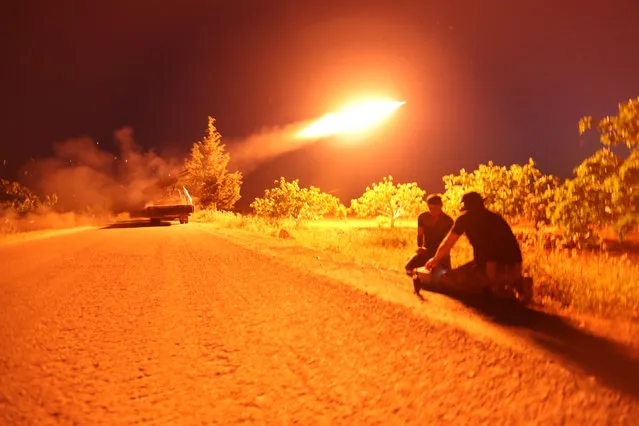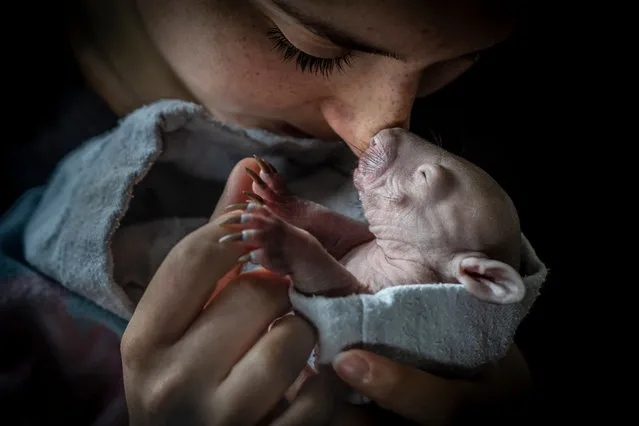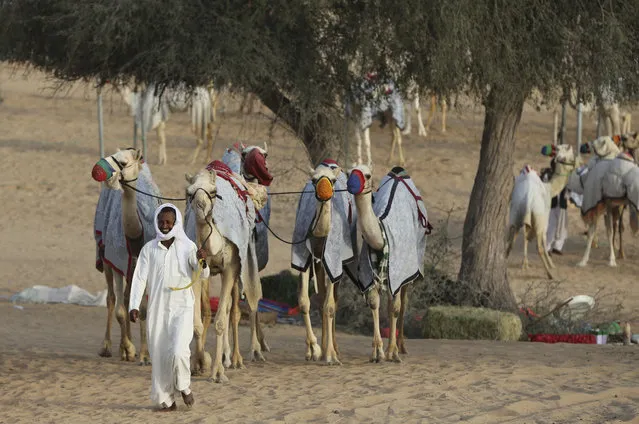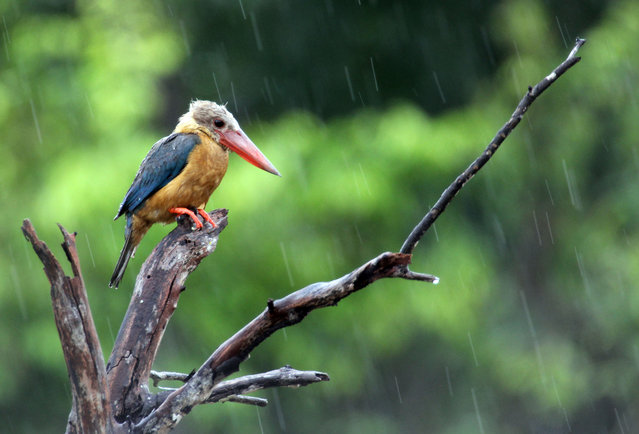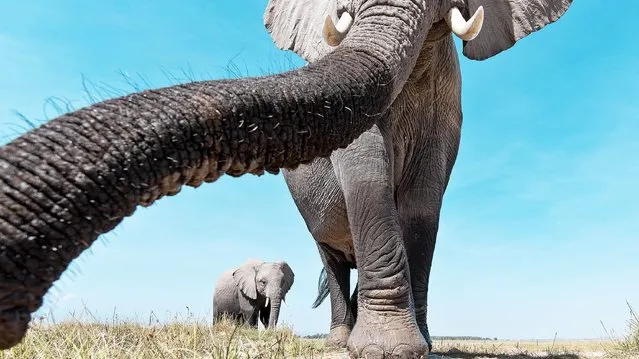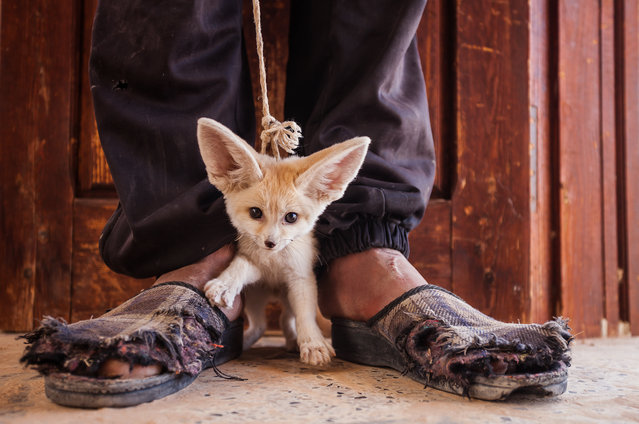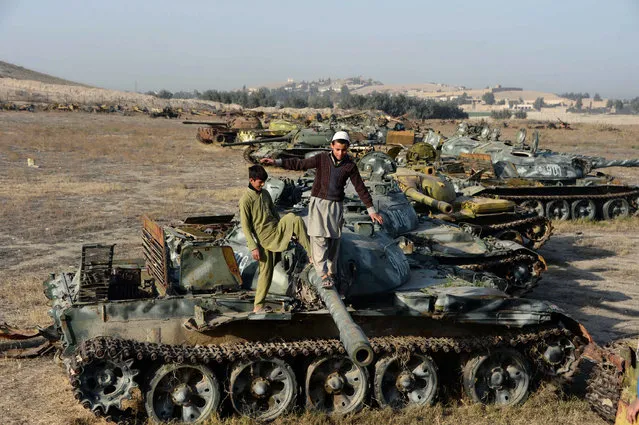
Afghan children play on the remains of a Soviet-era armored personnel carrier on the outskirts of Jalalabad on February 15, 2016. Soviet troops withdrew from Afghanistan on February 15, 1989, after ten years of fighting against Mujahidin militiamen. (Photo by Noorullah Shirzada/AFP Photo)
11 Jul 2018 00:01:00,post received
0 comments

